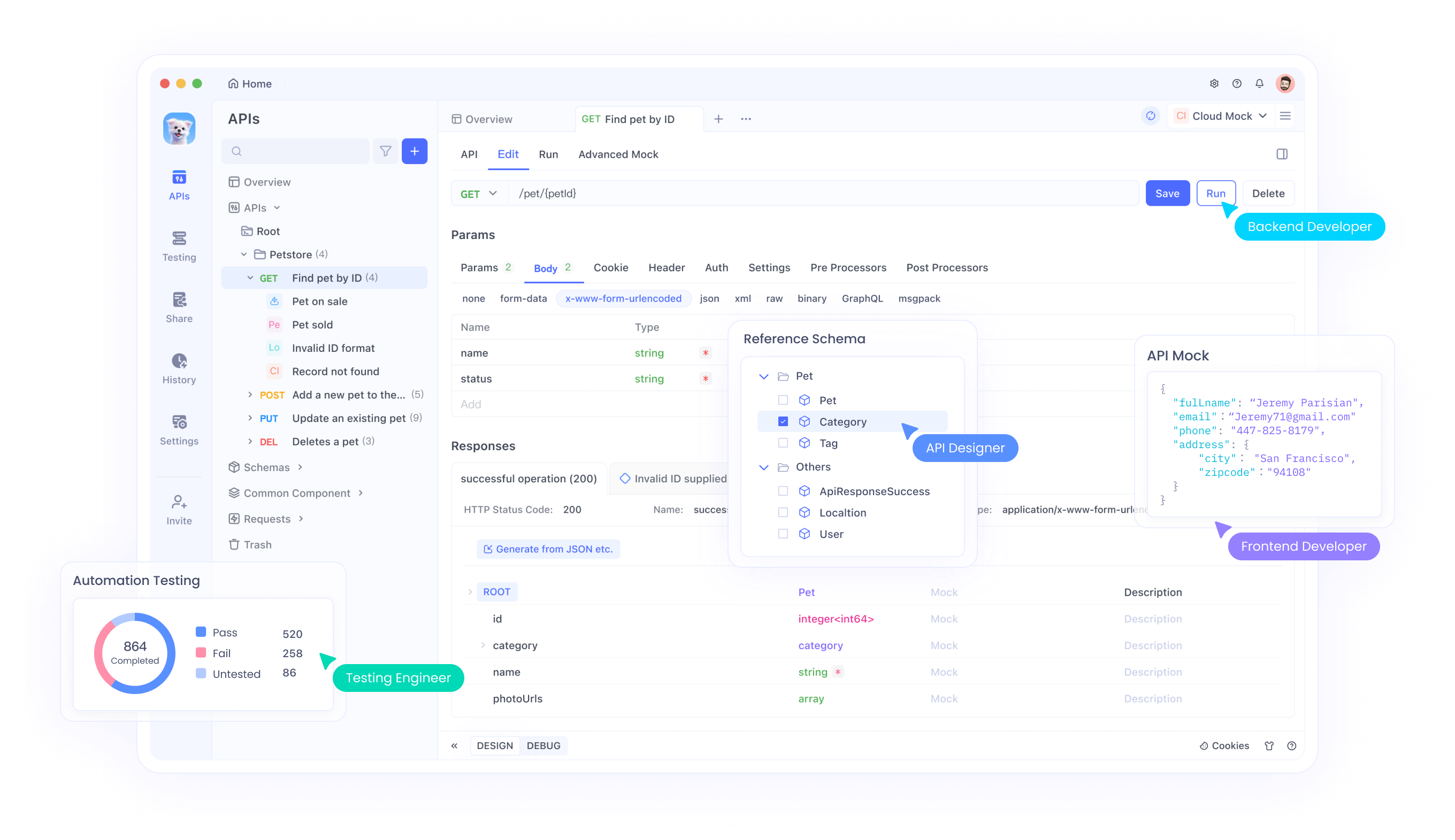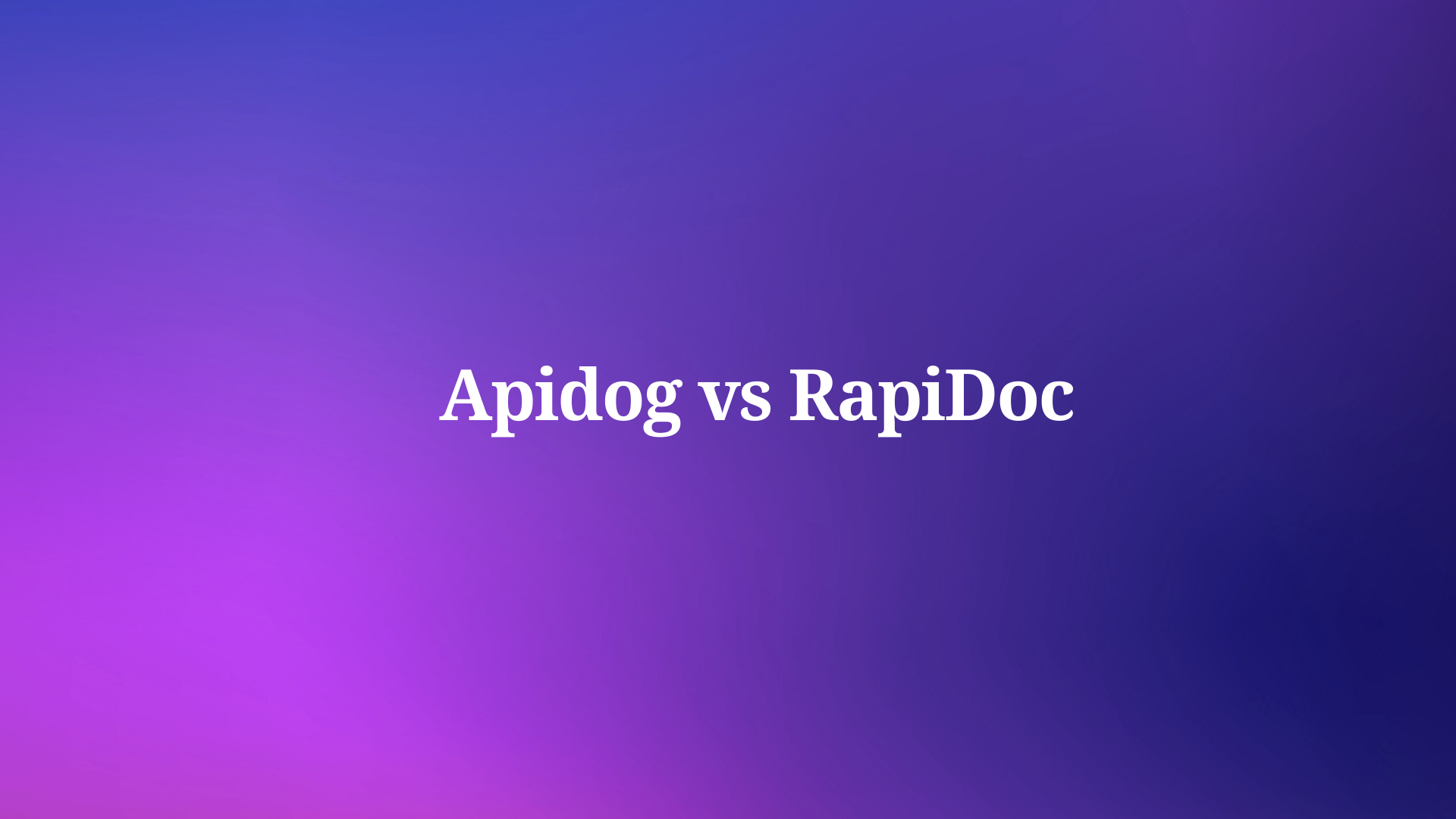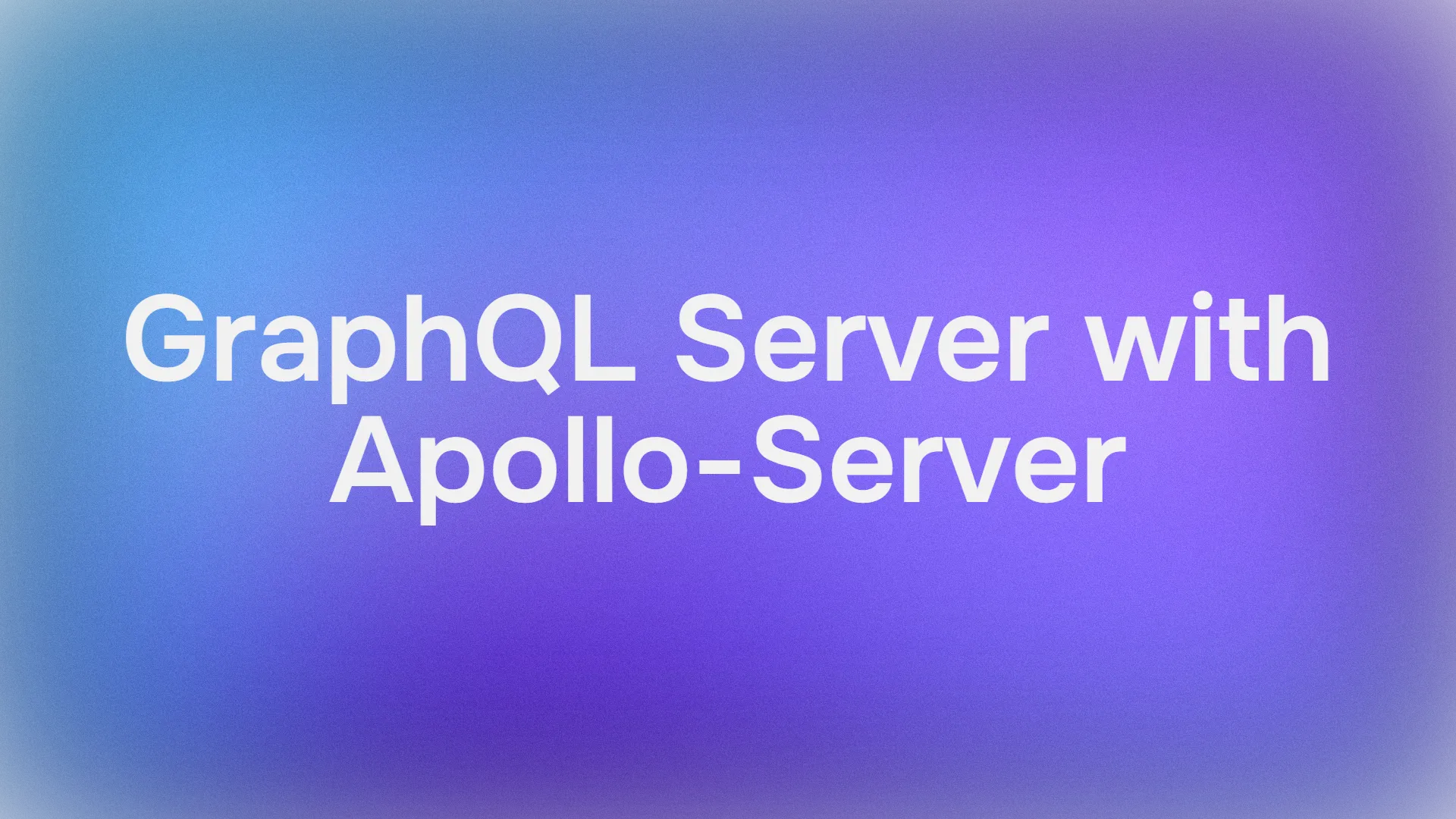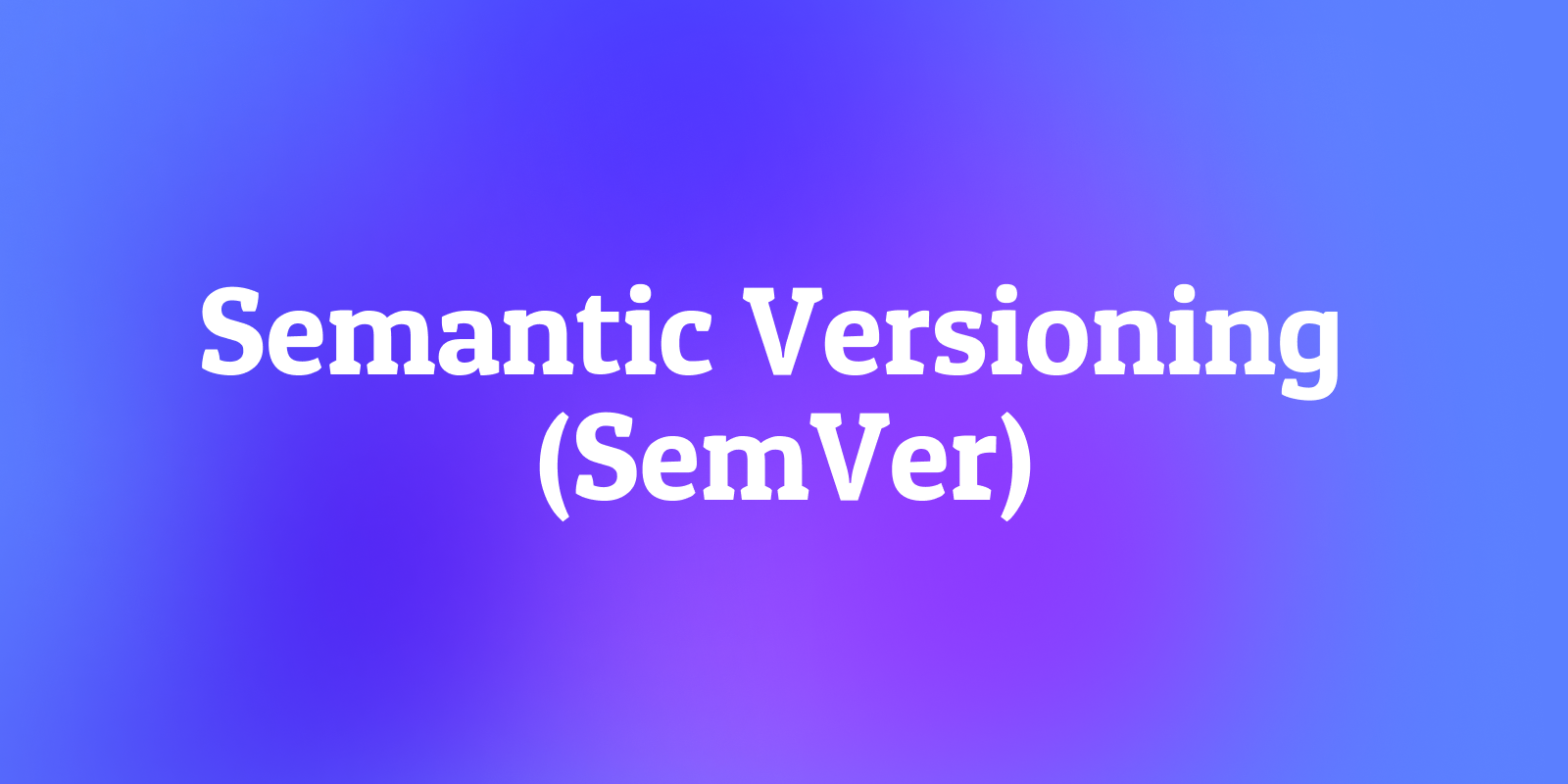Developers constantly seek tools that streamline API workflows and reduce friction in projects. Apidog and RapiDoc both address API documentation needs, yet they approach the challenge differently. Apidog provides an all-in-one platform for API design, testing, mocking, and documentation, making it a versatile choice for modern teams. RapiDoc, on the other hand, excels as a lightweight web component for rendering OpenAPI specifications interactively. This comparison highlights their strengths, differences, and ideal use cases to help you decide.
As teams scale, even minor differences in tool capabilities can lead to significant productivity gains. Developers notice these nuances quickly, especially when handling complex integrations or collaborative environments. This article breaks down the technical aspects, so you can evaluate how each tool fits your requirements.
Understanding Apidog: A Comprehensive API Management Platform
Apidog stands out as a design-first API development tool that integrates multiple functionalities into a single ecosystem. Engineers use Apidog to design APIs, debug them visually, automate tests, mock servers, and generate documentation. This unification minimizes context switching, which often plagues development cycles.

The platform supports OpenAPI specifications natively, allowing users to import specs and automatically generate interactive docs. For instance, Apidog enables the creation of JSON or XML schemas with minimal effort, directly from testing sessions. Teams collaborate through branching, similar to version control systems like Git, ensuring that changes propagate without conflicts.
Moreover, Apidog's automated testing module generates test cases from API definitions. Users add visual assertions, create branched scenarios, and iterate on tests without writing extensive code. This low-code approach accelerates debugging, particularly for RESTful and GraphQL APIs.
In terms of mocking, Apidog's smart server generates realistic data based on field names, eliminating the need for scripts in basic setups. Advanced users customize responses via mock scripts, handling edge cases like conditional data returns. These features make Apidog suitable for full-stack developers who manage the entire API lifecycle.
Security remains a priority; Apidog includes authentication support in its console, covering OAuth, API keys, and more. Integration with CI/CD pipelines further enhances its utility, as teams automate deployments and validations.
However, Apidog requires an internet connection for cloud-based features, which might limit offline work. Despite this, its resource efficiency outperforms heavier alternatives, running smoothly on standard hardware.
Exploring RapiDoc: A Specialized API Documentation Viewer
RapiDoc serves as a web component that renders Swagger and OpenAPI specifications into interactive, user-friendly documentation. Developers embed RapiDoc directly into web pages using simple HTML tags, without frameworks or build processes. This simplicity appeals to projects needing quick, framework-agnostic doc viewers.

The tool emphasizes usability, expanding models and examples by default to reduce navigation clicks. It includes an integrated console for API testing, supporting authentication flows and negative case simulations. RapiDoc handles markdown rendering natively, allowing rich formatting like tables and code snippets within docs.
Customization forms a core strength. Users adjust themes, fonts, logos, and colors to match branding, often via JavaScript attributes. For example, switching to a "dark" theme or injecting external HTML takes seconds. RapiDoc offers multiple rendering styles, such as a programmer-focused view or a wiki-like layout for broader audiences.
Object models display in tabular or tree formats, accommodating large schemas with folding options for arrays and objects. This interactivity boosts developer experience, as users test endpoints without leaving the doc page.

RapiDoc's lightweight nature ensures fast loading and low memory use, leveraging browser capabilities without virtual DOM overhead. It integrates easily with any JavaScript environment, making it ideal for static sites or microservices documentation.
That said, RapiDoc limits itself to documentation rendering. It lacks built-in design, testing, or mocking tools, requiring supplementary software for those tasks. While open-source and free, it demands manual updates for spec changes, potentially increasing maintenance overhead.
Key Feature Comparison: Apidog vs RapiDoc
When comparing Apidog and RapiDoc, several categories reveal their divergences. Apidog targets the full API lifecycle, while RapiDoc hones in on presentation. This section examines core areas to illustrate how each tool performs.
API Design and Specification Handling
Apidog empowers users to design APIs from scratch or import existing OpenAPI files. It synchronizes specs across teams, automatically updating documentation and tests. Engineers describe endpoints during testing, generating schemas effortlessly.
RapiDoc, conversely, consumes pre-existing specs without design capabilities. It renders them interactively but does not edit or validate underlying definitions. Teams must use separate editors like Swagger Editor before integrating with RapiDoc.
Thus, Apidog suits iterative design processes, whereas RapiDoc fits polished, ready-to-display specs.
Documentation Generation and Customization
Both tools produce attractive docs, but Apidog adds depth. It publishes online documentation with "try it out" buttons, example code in multiple languages, and customizable domains. Users control layouts, headers, and access, publishing multiple sites for different audiences.
RapiDoc customizes via attributes, offering themes and markdown support. Its console allows immediate testing, but it lacks publishing features like custom domains or access controls.

Apidog's broader options benefit enterprise teams needing branded, secure docs. RapiDoc excels in embeddable, lightweight scenarios.

Testing and Debugging
Apidog shines here with low-code testing. It auto-generates cases, supports assertions, and handles iterations. Visual debugging reduces command-line reliance, speeding up issue resolution.

RapiDoc provides a console for ad-hoc tests but omits automation or scenario building. It supports auth but not advanced validations.
For rigorous testing, Apidog outperforms, integrating seamlessly with development workflows.
Mocking and Simulation
Apidog's smart mock server generates data intelligently, based on requests or field semantics. Advanced scripting allows precise control, aiding frontend development without backend readiness.

RapiDoc does not include mocking; users rely on external tools.
This gap makes Apidog essential for decoupled team environments.
Collaboration and Integration
Apidog fosters teamwork through branches, real-time edits, and CI/CD hooks. It unifies tools, reducing silos.

RapiDoc, being a viewer, offers no native collaboration. Integration happens via embedding, but team features are absent.
Apidog's ecosystem supports scaling, while RapiDoc remains individualistic.
Performance and Usability
Apidog's interface feels intuitive, with clean navigation aiding quick adoption. It handles large projects efficiently.
RapiDoc loads rapidly, minimizing dependencies for superior performance in browsers.
Both prioritize ease, but Apidog's comprehensiveness adds value for complex needs.
Pros and Cons: Weighing the Options
Evaluating pros and cons clarifies each tool's fit.
Apidog Pros
- Integrates design, testing, mocking, and docs into one platform, streamlining workflows.
- Supports team collaboration with branching and real-time updates.
- Offers low-code testing and smart mocking for faster development.
- Provides customizable, secure documentation with publishing options.
- Enhances efficiency by reducing tool switches.
Apidog Cons
- Relies on cloud for full features, limiting offline access.
- May overwhelm users seeking only documentation.
- Newer tool, so community resources evolve.
RapiDoc Pros
- Lightweight and fast, with no build requirements.
- Highly customizable for branding and themes.
- Includes interactive console for quick testing.
- Supports markdown and multiple rendering styles.
- Free and embeddable in any web context.
RapiDoc Cons
- Limited to documentation viewing, no lifecycle support.
- Lacks collaboration or automation features.
- Requires separate tools for design and testing.
- Manual spec updates increase maintenance.
- Less suited for enterprise-scale security needs.
These lists show Apidog's breadth versus RapiDoc's focus. Developers value such distinctions when selecting tools.
Use Cases: Where Each Tool Excels
Real-world applications highlight strengths.
Apidog thrives in full-cycle development. Startups building microservices use it to design specs, mock endpoints for frontends, automate tests, and publish docs. Enterprises leverage collaboration for distributed teams, ensuring consistency.
For example, a SaaS company integrates Apidog with GitHub Actions, automating validations on pull requests. This setup catches issues early, saving hours.
RapiDoc fits documentation-centric scenarios. Open-source projects embed it in READMEs or static sites for quick spec viewing. Tech writers appreciate its markdown support for creating accessible guides.
Consider a freelance developer documenting a REST API; RapiDoc embeds seamlessly into a GitHub page, offering interactivity without overhead.
However, as projects grow, teams often migrate from RapiDoc to Apidog for integrated capabilities. This transition addresses scaling pains effectively.
Pricing and Accessibility in 2025
Apidog offers a free tier with core features, upgrading to paid plans for advanced collaboration and unlimited usage. This model suits bootstrapped teams.
RapiDoc remains entirely free as an open-source component, appealing to budget-conscious users.
In 2025, Apidog's value proposition includes frequent updates, enhancing features like AI-assisted testing. RapiDoc, while stable, sees community-driven improvements.
Accessibility favors RapiDoc for quick starts, but Apidog's free download provides immediate value for comprehensive needs.
Security and Compliance Considerations
Apidog incorporates robust security, with access controls for docs and auth in testing. It complies with standards like GDPR, protecting sensitive data.
RapiDoc, as a client-side viewer, depends on hosting security. It handles auth in consoles but lacks server-side controls.
Teams handling regulated industries prefer Apidog's features.
Community and Support
Apidog builds a growing community, with blogs, tutorials, and responsive support. Users share workflows, accelerating adoption.
RapiDoc benefits from GitHub discussions, where contributors address issues swiftly.
Both foster engagement, but Apidog's resources cover broader topics.
Apidog and RapiDoc both advance API handling, yet Apidog's comprehensive nature often edges out for modern workflows. It unifies processes, saving time and reducing errors. RapiDoc delivers excellence in documentation alone, ideal for simpler needs.
Consider your project's scale: Opt for RapiDoc in lightweight scenarios, but choose Apidog for end-to-end management. Even subtle enhancements, like integrated mocking, amplify daily efficiency.
Ultimately, test both—start with Apidog's free version to see the difference firsthand.



